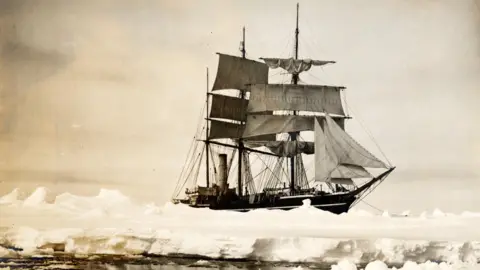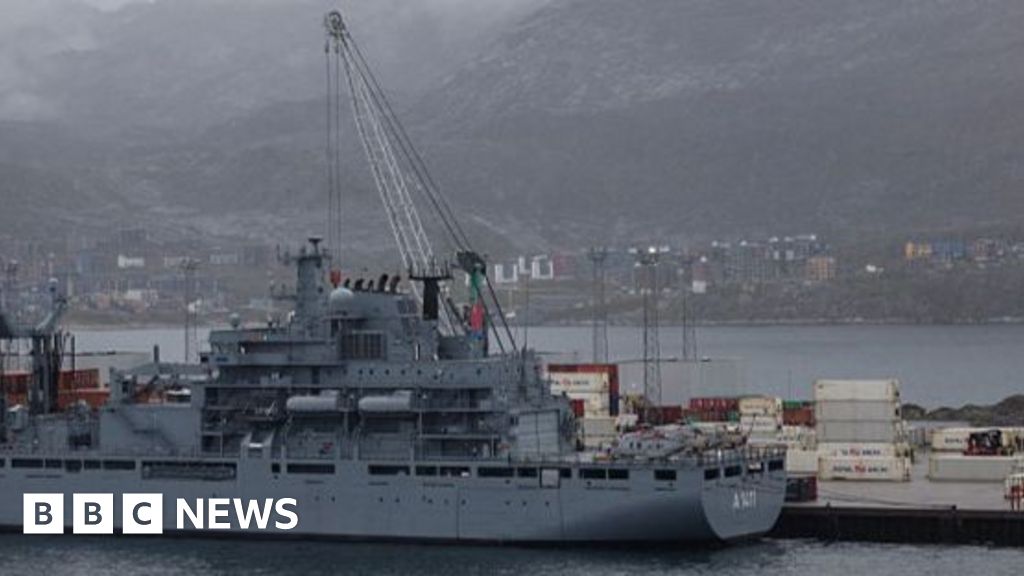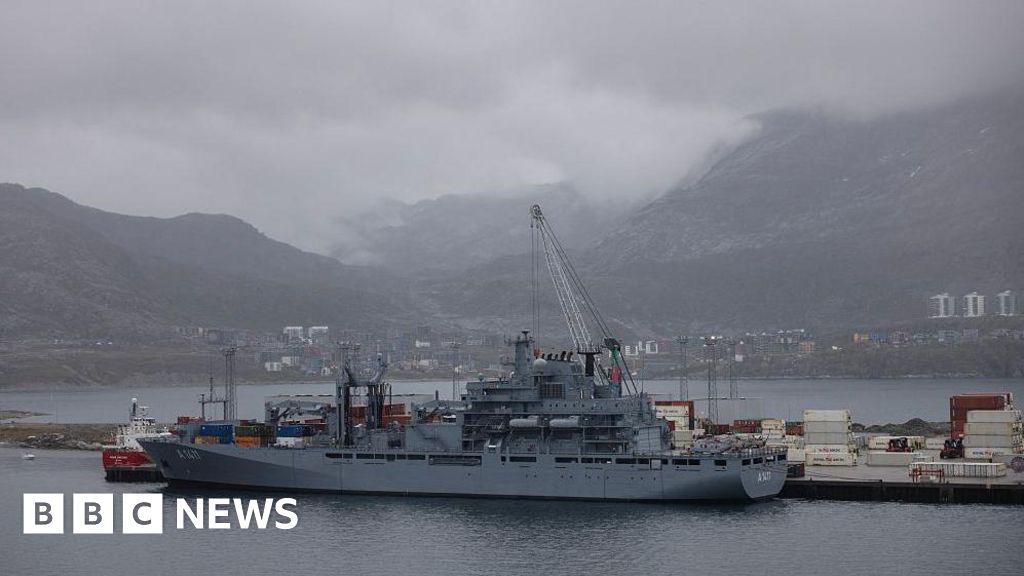One of the most famous polar shipwrecks has been captured in stunning detail for the first time. The Terra Nova, the vessel that carried Captain Robert Falcon Scott and his team on their ill-fated expedition to the South Pole, has been extensively filmed on the sea floor.
After embarking on their journey in 1912, Scott's party lost the race to the pole, falling victim to the harsh conditions on their return. The new footage reveals that the wreck is colonized by an array of sea life, yet notable features like the ship's wheel and mast are still visible.
The Terra Nova rests 170 meters beneath the waves, having sunk in 1943 while supporting U.S. bases during World War II. It was rediscovered in 2012, but this recent expedition marked an unprecedented opportunity to record detailed exploration of the wreckage.
To see intact portions like the ship's wheel amid the wreckage is awe-inspiring, remarked Leighton Rolley, Science Systems Manager at REV Ocean. If that wheel could talk, it would narrate an incredible history.
Measuring 57 meters long and boasting a sturdy wooden hull, the Terra Nova was one of the preeminent polar vessels of its era. Scott and his crew embarked in 1910 with a well-established scientific agenda. Despite reaching the pole in January 1912, they discovered a black flag planted by a Norwegian team led by Roald Amundsen, indicating they were beaten. The heartbreak of the expedition continued with the deaths of Scott and his men during their return journey, marking a tragic end to heroism and ambition in one of the world’s most hostile environments.
Today, as the wreck has transformed into an artificial reef, the legacy of Terra Nova and its remarkable tale of endurance continues to resonate. It’s a testament to the intersection of human fortitude and the untamed nature of the Antarctic.


















